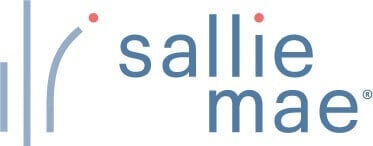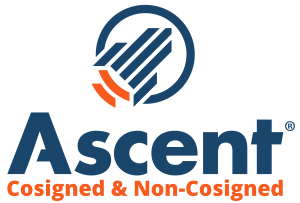
Flickr user Heather Acton
There are many different financial aid options available to college-bound students. The easiest ones to understand are usually scholarships and grants: You put in the effort to apply for it, you receive the award, and you don’t have to pay it back. Loans, on the other hand, must be paid back over the course of years. Not all loans are the same, though. Typically, student loans are held in the name of the student, with a parent as a co-signer. Even if parents are the ones to take out the loan initially, the can switch it over to their student’s name after graduation. They are offered through private institutions such as banks or private lenders. A PLUS loan, or Parent Loan for Undergraduate Students, is the sole responsibility of the parent.
What Does a PLUS Loan Entail?
A PLUS loan is granted through the government, specifically the U.S. Department of Education, rather than a private institution. Interest rates will vary from year to year, but your rate will be locked once you take the loan out. This means that even if the interest rate goes up the following year, your rate will remain at what it was last year.
There isn’t much wiggle room on PLUS loans. Repayment is automatically set up so that you will pay it off in ten years (or less). You cannot apply for an income-driven repayment plan, and there is no component for debt-to-income when applying. This means that you must be aware of how much you can actually afford to pay each month, as there are not many options to make these loans more affordable.
How Do I Qualify for a PLUS Loan?
To qualify for a PLUS loan, one needs no adverse credit history. Credit scores are very important in applying for this type of loan. The student needs to be enrolled at least half-time at an accredited institution. While a FAFSA is not necessarily required, it would be good to fill out since it will help to determine the expected family contribution.

How Much Can I Borrow?
With the PLUS loan, you can borrow up to the student’s total cost of attendance, subtracting any other forms of financial aid that are being applied to those costs. This is useful for families who believe that their expected family contribution (EFC) has been set a little high.
What Are the Main Differences Between the PLUS Loan and Private Student Loans?
As stated earlier, PLUS loans are from the federal government, not private institutions like with private student loans. PLUS loans cannot be transferred to the student; if parents wish to have their student help pay it off, they should keep in mind that any missed or late payments will affect their credit score, not the student’s.
In addition to this, student loans often don’t have to be repaid until approximately six months after graduation / departure from school. This, of course, will vary by lender. Parents who take out a PLUS loan, on the other hand, must begin making payments within 60 days of taking out the loan. These payments can be deferred; however, interest will continue to build, so that is not always the best option.
For more comparisons between PLUS loans and private student loans, check out this chart here.
When Should I Consider a PLUS Loan?
There are pros and cons to all loans, and there are many options out there. If you are not interested in having your student make payments, then a PLUS loan might be good. You could also combine the PLUS loan with other forms of financial aid.
Another option to consider is taking out a PLUS loan for a certain amount and having your student take out their own student loan, whether private or federal. That way they have some of the responsibility of paying for their education.
| Lender | Rates (APR) | Eligibility | |
|---|---|---|---|
 |
5.34%-15.96%* Variable
3.99%-15.61%* Fixed
|
Undergraduate and Graduate
|
VISIT CITIZENS |
 |
4.92% - 15.08% Variable
3.99% - 15.49% Fixed
|
Undergraduate and Graduate
|
VISIT SALLIE MAE |
 |
4.50% - 17.99% Variable
3.49% - 17.99% Fixed
|
Undergraduate and Graduate
|
VISIT CREDIBLE |
 |
6.00% - 13.75% Variable
3.99% - 13.75% Fixed
|
Undergraduate and Graduate
|
VISIT LENDKEY |
 |
5.50% - 14.56% Variable
3.69% - 14.41% Fixed
|
Undergraduate and Graduate
|
VISIT ASCENT |
 |
3.70% - 8.75% Fixed
|
Undergraduate and Graduate
|
VISIT ISL |
 |
4.99% - 16.85% Variable
3.47% - 16.49% Fixed
|
Undergraduate and Graduate
|
VISIT EARNEST |
 |
5.00% - 14.22% Variable
3.69% - 14.22% Fixed
|
Undergraduate and Graduate
|
VISIT ELFI |


